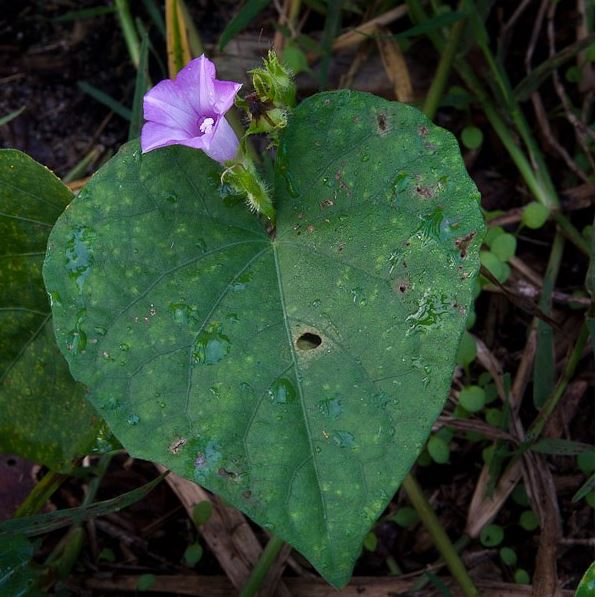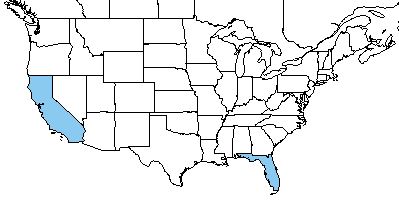Difference between revisions of "Ipomoea triloba"
(→Taxonomic Notes) |
|||
| Line 18: | Line 18: | ||
}} | }} | ||
==Taxonomic Notes== | ==Taxonomic Notes== | ||
| + | Synonyms: none. | ||
| + | |||
| + | Varieties: none. | ||
| + | |||
==Description== | ==Description== | ||
<!-- Basic life history facts such as annual/perrenial, monoecious/dioecious, root morphology, seed type, etc. --> | <!-- Basic life history facts such as annual/perrenial, monoecious/dioecious, root morphology, seed type, etc. --> | ||
Revision as of 19:06, 22 May 2018
| Ipomoea triloba | |
|---|---|

| |
| Photo by John B | |
| Scientific classification | |
| Kingdom: | Plantae |
| Division: | Magnoliophyta - Flowering plants |
| Class: | Magnoliopsida - Dicots |
| Order: | Solanales |
| Family: | Convolvulaceae |
| Genus: | Ipomoea |
| Species: | I. triloba |
| Binomial name | |
| Ipomoea triloba L. | |

| |
| Natural range of Ipomoea triloba from USDA NRCS Plants Database. | |
Contents
Taxonomic Notes
Synonyms: none.
Varieties: none.
Description
Distribution
This species can be found in "hammocks, sand dunes, disturbed areas" [1].
Ecology
Habitat
Conservation and Management
Cultivation and restoration
Photo Gallery
References and notes
- ↑ Weakley, A. S. (2015). Flora of the Southern and Mid-Atlantic States. Chapel Hill, NC, University of North Carolina Herbarium.